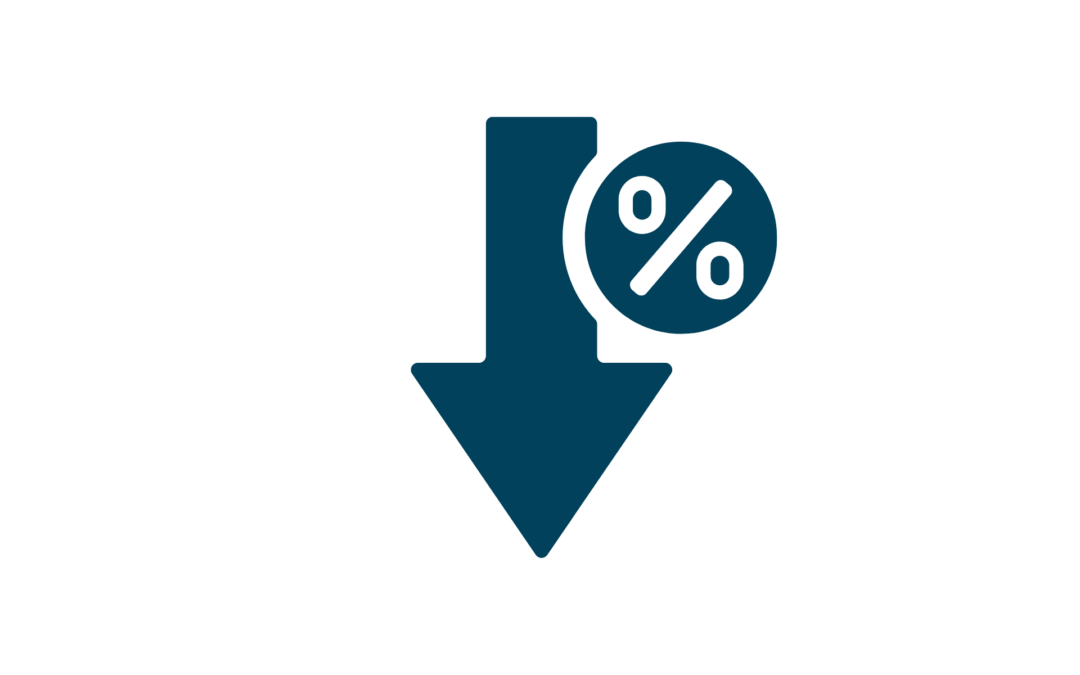It’s been a big month in the property world, and for those of us keeping an eye on the market—whether as buyers, sellers, agents, or just curious onlookers — there’s a lot to digest. Between a fresh Reserve Bank of Australia (RBA) rate cut and new government incentives for first home buyers, we’re seeing a shift in the landscape that’s likely to stir up competition — especially at the entry level of the market.
Let’s break it down.
Big Win for First Home Buyers: 5% Deposit Scheme Expanded
The government has proposed to extend the 5% deposit scheme to all first home buyers, regardless of income. That’s a major change looking to come in January 2026.
Previously, income caps restricted who could access the scheme, but that barrier has now been removed. Alongside that, the scheme removes the need for Lenders Mortgage Insurance (LMI)—which is typically required when buyers have less than a 20% deposit.
In plain terms: this wipes out years of saving for many first home buyers. It’s a game-changer for those trying to break into the market, especially in higher-priced areas where a 20% deposit can be hundreds of thousands of dollars.
What this means: Expect price growth in the entry-level segment—think apartments and townhouses. With more buyers now able to compete sooner than expected, demand in this part of the market is going to increase.

| Region | Current property price limit | New property price limit | New minimum 5% deposit required for upper property price limit |
| NSW – Capital City / Regional Centre (Sydney, Newcastle, Lake Macquarie, Illawarra) | $900,000 | $1,500,000 | $75,000 |
| NSW – Other | $750,000 | $800,000 | $40,000 |
| VIC – Capital City / Regional Centre (Melbourne, Geelong) | $800,000 | $950,000 | $47,000 |
| VIC – Other | $650,000 | $650,000 | $32,500 |
| QLD – Capital City / City (Brisbane, Gold Coast, Sunshine Coast) | $700,000 | $1,000,000 | $50,000 |
| QLD – Other | $550,000 | $700,000 | $35,000 |
| WA – Capital City (Perth) | $600,000 | $850,000 | $42,500 |
| WA – Other | $450,000 | $600,000 | $30,000 |
| SA – Capital City (Adelaide) | $600,000 | $900,000 | $45,000 |
| SA – Other | $450,000 | $500,000 | $25,000 |
| TAS – Capital City (Hobart) | $600,000 | $700,000 | $35,000 |
| TAS – Other | $450,000 | $550,000 | $27,500 |
| ACT (Canberra) | $750,000 | $1,000,000 | $50,000 |
| NT (Darwin) | $600,000 | $600,000 | $30,000 |
Foreign Buyers Face New Restrictions
On the other end of the spectrum, the government has introduced a two-year ban on foreign buyers purchasing existing property.
This aims to free up more supply for local buyers and cool off some of the external demand pressures. While it may have a more muted effect in the short term, it’s another lever being pulled by the government and it’s likely to impact the prestige property market the most with less high High Net Worth (HNW) buyers around for the next 2 years.

Key Takeaway: Budget and Brief alignment is critical
With all these changes, our main focus right now is making sure our client briefs and budgets that we are working with are realistic and achievable. There’s a risk of buyers entering the market with tight budgets for their briefs and it only takes a small increase in values for them to find themselves priced out of the market or with a need to adjust their brief / expectations —especially in hotly contested entry level markets.
By being mindful of how these policy shifts are shaping demand, we can better support our clients and avoid frustration down the track.
What We Expect This Winter
Looking ahead to winter, we’re not expecting a significant increase in housing stock. That could lead to a build-up of buyers, especially those eager to take advantage of the new First Home Buyer scheme and lower rates.

RBA Cuts Interest Rates Again
As widely expected, the RBA delivered another interest rate cut on Tuesday 20th May, bringing the official cash rate down by 0.25% to 3.85%. This is the second rate cut in 2025, and it’s the lowest we’ve seen since 2023.
With inflation easing and the economic outlook stabilising, the RBA is shifting into support mode. Lower rates mean cheaper borrowing, which can add fuel to the fire for buyers—especially those buyers who are stretched and where every dollar counts.
Combined impact? First home buyer incentives + cheaper borrowing will likely see increased competition in the entry level apartment, townhouse and housing space.

Whether you’re currently an active buyer in the marketplace or have plans to buy later in the year, the second half of 2025 could see increased values in certain sections of the market due to improved affordability. Being well informed and prepared is the key to achieving successful buying outcomes.
